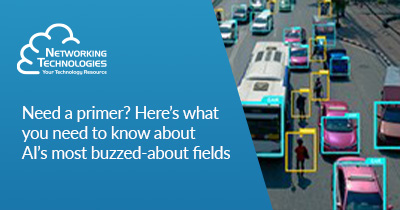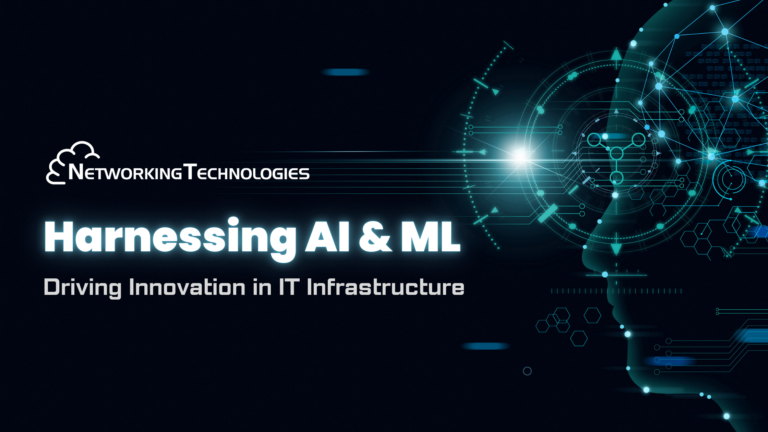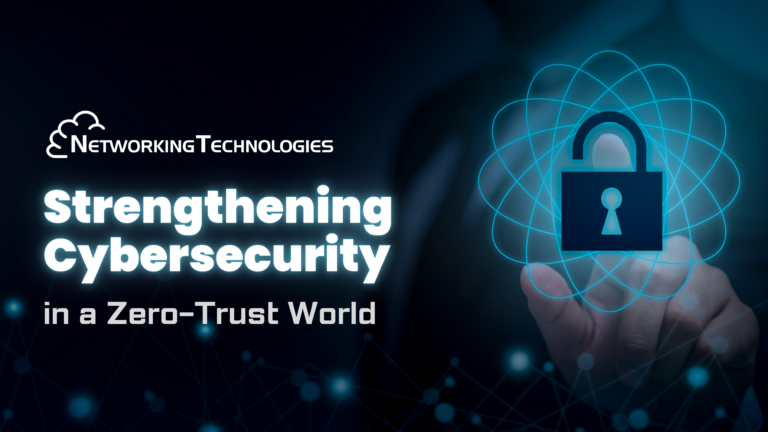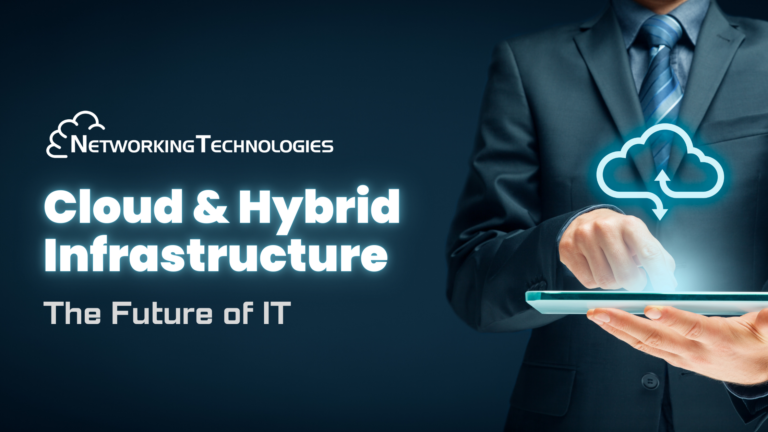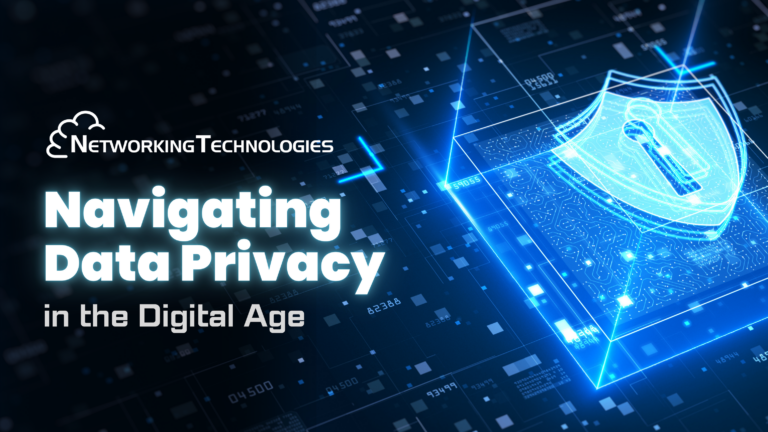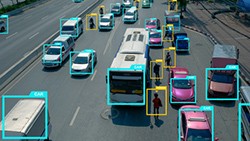
Need a primer? Here’s what you need to know about AI’s most buzzed-about fields
The term “artificial intelligence” has been around since the 1950s, but it’s taken more than half a century for it to finally have a transformative impact on everyday life.
But why? And why now? The short answer is that we finally have computers that are strong enough, data that is extensive enough, and learning models that are advanced enough to power the rapid growth of intelligent machines.
Andrew Ng, chief scientist at China’s search giant Baidu and one of the heads of the Google Brain project, put the recent AI explosion in easy-to-understand terms: “I think AI is akin to building a rocket ship. You need a huge engine and a lot of fuel,” he told Wired Magazine. “If you have a large engine and a tiny amount of fuel, you won’t make it to orbit. If you have a tiny engine and a ton of fuel, you can’t even lift off. To build a rocket you need a huge engine and a lot of farituel.”
But before we rocket off to space, let’s look at two of the most talked-about areas of AI back here on earth: machine learning and its subset, deep learning.
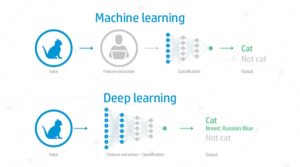
Machine Learning
Machine learning is baked into much of the tech we use every day. The machine “learns” from past data and adjusts its responses instead of following precise “if this, do that” coding commands. You already use machine learning in your daily life, whether it’s watching a show Netflix suggested based on your preferences or saving pictures for your kitchen renovation on Pinterest. It can also do things like predict whether a stock will rise or fall and estimate your current home price based on recent sales of similar homes.
Deep Learning
Machine learning has several subsets, but deep learning is the one that gets all the sexy headlines. It’s the “brains” behind language processing, face and image recognition, and even things like hand gesture recognition.
While there’s more than one kind of deep learning, people usually use the phrase to refer to deep neural networks, which are built on artificial networks loosely based on how the neurons in your brain work. You can even tinker with one in your browser.
But unlike real neurons, which can connect with each other all across your brain, the nodes (or “neurons”) in these networks communicate across specific layers. There’s an input layer that takes in information, an output layer that gives the response, and one or more “hidden” layers where the learning takes place. Deep refers to the number of layers in a neural network. Deep networks have more than one hidden layer, sometimes many more.
Ready to get started?
Deep learning can steer driverless cars; find tumors in MRI scans that are imperceptible to the human eye; locate swimmers lost at sea during search and rescue missions; and describe the world to the visually impaired through a smartphone app. And the best part? It’s all happening right now — not in some distant science fiction-fueled future. Be a part of it with the HP Z8. With optimized configurations for machine learning, the Z8 can handle complex simulations and process huge amounts of data — the perfect workstation to help your business make the next big AI breakthrough.
*used with permission from HP Tech@Work
